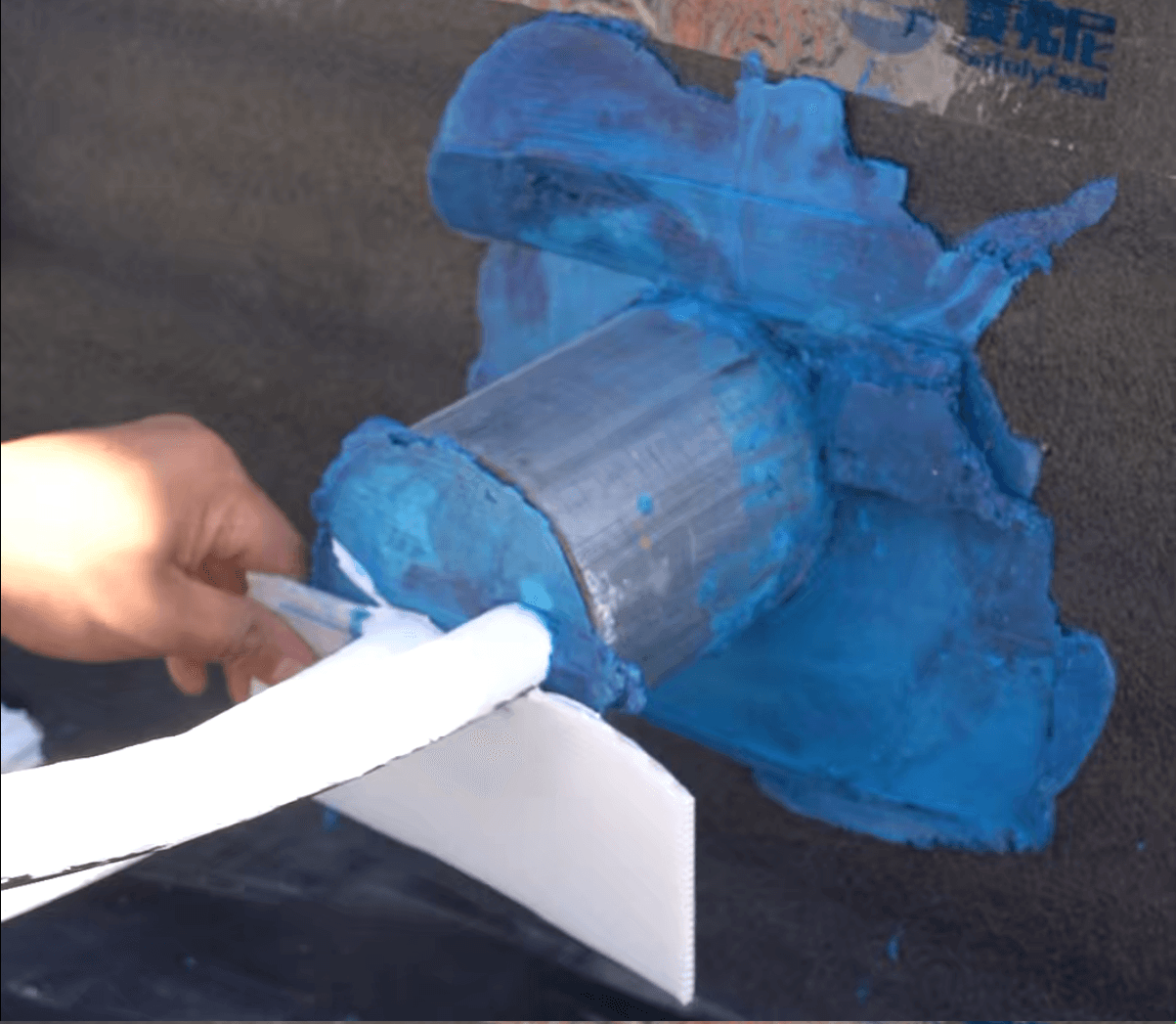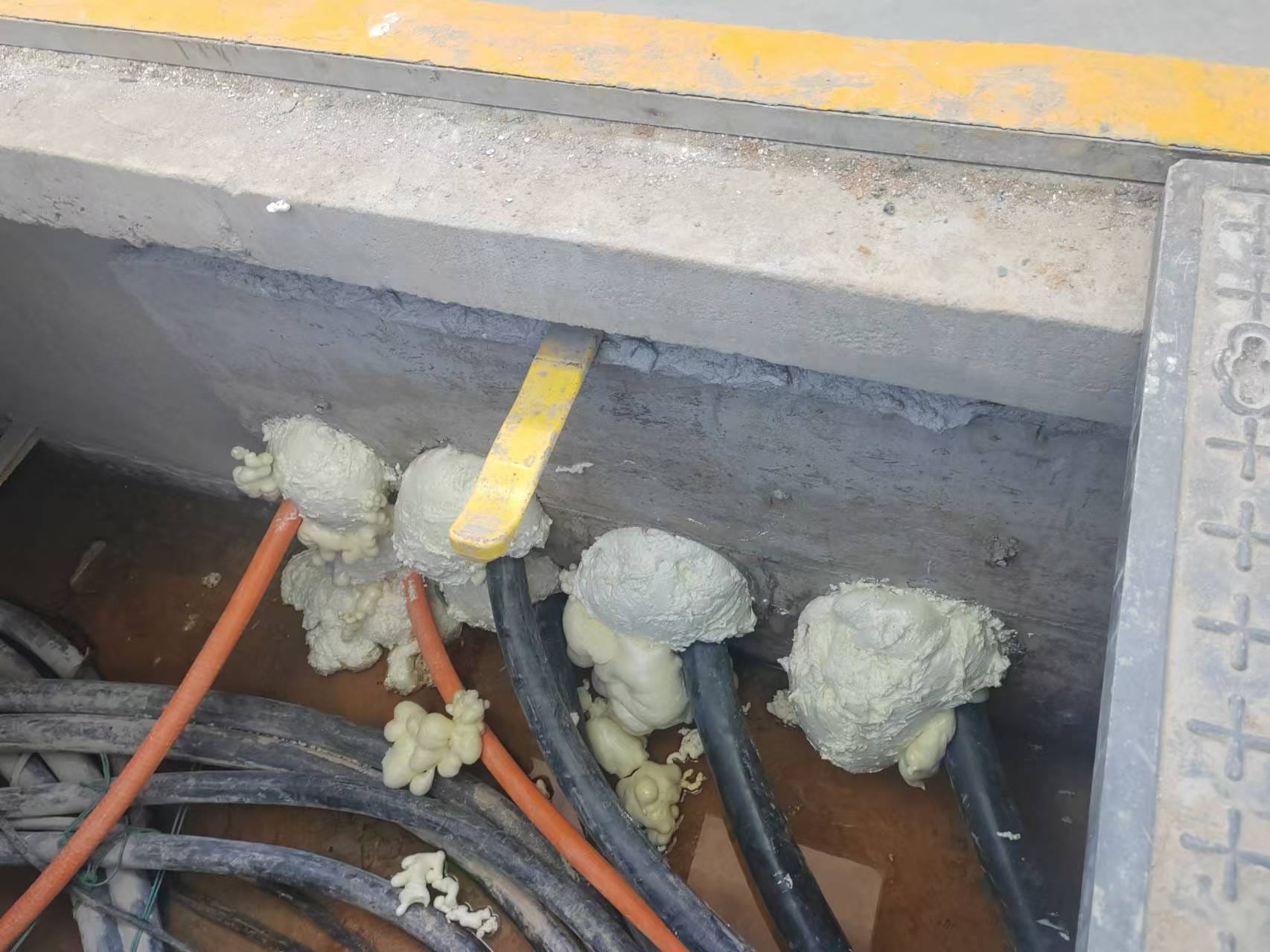There are a bunch of things that can mess with how well something sticks to something else. Some of the big ones are how rough the surface is, what kind of glue you’re using, what the weather is like (temperature and humidity), how long you let the glue dry, how heavy the thing you’re sticking is, and whether the glue and the thing you’re sticking it to are made out of stuff that likes to stick to each other. All of these things can make a big difference in how well something sticks to something else.
1. Surface preparation
Cleaning the Surface:Make sure the surfaces you’re sticking together are clean. You can clean them with a solvent, sandpaper, or some kind of cleaning solution.
Surface Texture:If you rough up the surface a little bit, the glue will stick better. You can rough up the surface by sanding it or using some kind of acid. This is especially important if you’re sticking metal or glass together.
2. Adhesive Type
Different adhesives are designed for specific applications and materials. The choice of adhesive directly affects the bonding strength.
Epoxy, Acrylic, and Polyurethane Adhesives:Epoxy adhesives are really strong and can handle a lot of different conditions.Acrylic adhesives dry fast and can be used for lots of different things.Polyurethane adhesives are flexible and can handle getting hit.
Matching Adhesive to Material:Some adhesives work better on certain materials, such as metal, plastic, wood, or glass. Choosing an adhesive that is compatible with the substrates ensures a stronger bond.Also, every material has a different surface energy.
3. Environmental Conditions
The bonding strength of the adhesive can be greatly affected by the conditions in which it is applied and cured, with factors like temperature, humidity, and exposure to chemicals or UV light playing important roles.
Temperature Effects: High temperatures may cause some adhesives to soften or degrade, while low temperatures can make them brittle. Choose adhesives with a temperature range suitable for the operating environment.
Humidity and Moisture:Some adhesives don’t like water, and if it’s really humid, they won’t dry right. Sometimes you need to add something to the adhesives or use a different kind of adhesives if you’re sticking something together in a wet place.
4. Curing Time and Method
You have to let the adhesives dry before you try to use it. If you don’t let it dry long enough, it won’t stick as well.
Curing Methods: Some adhesives cure through air drying, while others require heat, UV light, or chemical activation. Using the appropriate curing method is essential for achieving maximum bonding strength.
Allowing Full Cure Time:If you don’t let the glue dry long enough, it won’t stick as well. You need to let it dry for as long as the instructions say to get the best results.
5. Material Compatibility
Not all materials bond equally well with adhesives. The bonding strength can vary depending on the substrate’s chemical properties, surface energy, and flexibility.
Surface Energy Consideration: High surface energy materials, like metals, typically bond well with most adhesives. Low surface energy materials, such as polyethylene or silicone, may require special surface treatments or primers to improve adhesion.
Chemical Reactivity: Some adhesives chemically interact with the substrate to form a stronger bond, such as in the case of cyanoacrylates (super glue) on plastics.
There are a bunch of things that can mess with how well something sticks to something else. Some of the big ones are how rough the surface is, how clean the surface is, what the weather is like (temperature and humidity), what the thing you’re sticking to is made out of (how much it likes to stick to other things), what kind of adhesives you’re using, and how you put the adhesives on. All of these things can make a big difference in how well something sticks to something else.





